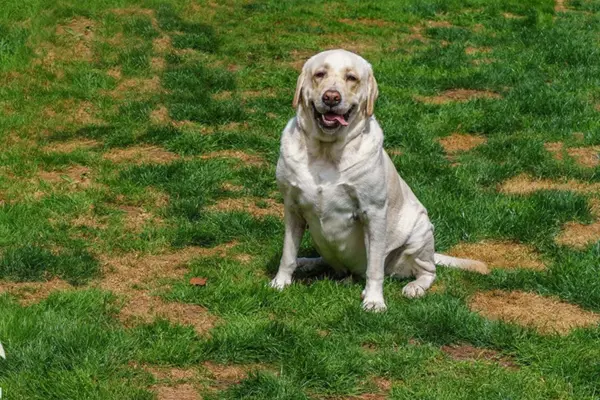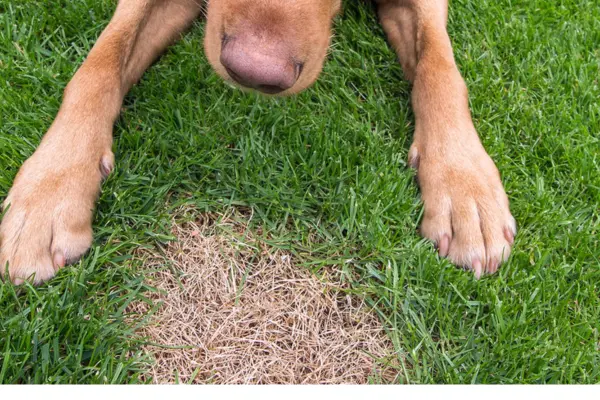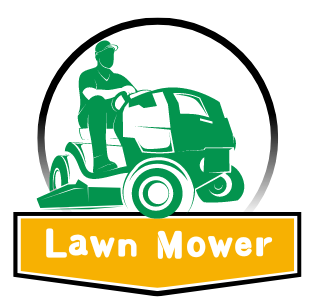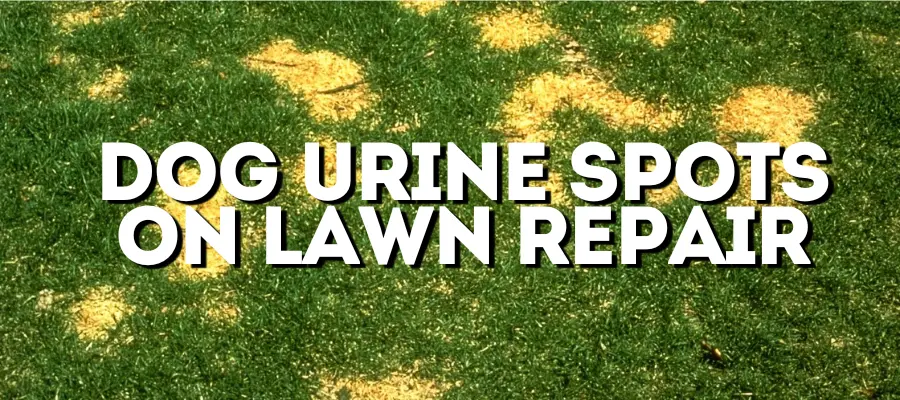Dealing with dog urine spots on your lawn can be frustrating, but it doesn’t have to mean the end of your lush, green grass. With a few simple steps, you can repair those unsightly brown patches and even prevent them from returning.
In this article, we’ll walk you through Dog Urine Spots on Lawn Repair, why they happen, and what you can do to protect your lawn in the future.
Why Does Dog Urine Kill Grass?

Dog urine contains high levels of nitrogen, which is great in small doses for fertilizing your lawn. However, when concentrated in one area, it causes what’s known as “nitrogen burn.” This is why dog urine creates those dark, dead patches in your grass. Over time, the nitrogen builds up and damages the roots, leaving behind brown, unhealthy spots.
Dogs with high-protein diets or those who don’t drink enough water often produce urine with even more nitrogen, which can worsen the damage. You’ll typically notice the damage starts with dark green grass (a sign of excess nitrogen), followed by yellow or brown dead grass.
Preventing Dog Urine Damage Before It Happens

While repairing dog urine spots is possible, preventing them from happening in the first place can save you a lot of trouble. Here are some ways to keep your lawn looking great:
Training Techniques
Designate a “potty area”: Train your dog to use a specific part of the yard, preferably an area covered with mulch, gravel, or artificial turf. This keeps the rest of your lawn safe from damage.
Reward-based training: Use treats or positive reinforcement to encourage your dog to go to the designated spot consistently.
Hydration and Diet Adjustments
Encourage your dog to drink more water: This dilutes their urine, reducing its nitrogen content. You can make water more appealing by keeping it fresh and accessible.
Consider dietary changes: Consult your vet about reducing the protein in your dog’s diet, especially if they are causing significant lawn damage. Lower protein levels in food can reduce nitrogen levels in their urine.
Step-by-Step Guide to Repairing Dog Urine Spots on Lawn
When it comes to fixing those brown patches, timing and technique are key. Follow these steps to repair your lawn effectively:
Tools and Materials Needed
Grass seed (ideally matching your existing lawn type)
Topsoil or compost
A rake
A hose or sprinkler
| Materials Needed | Why You Need It |
|---|---|
| Grass seed | To reseed the dead patches |
| Topsoil/compost | To cover and nourish the new seeds |
| Rake | To remove dead grass and prepare soil |
| Hose/sprinkler | To ensure proper watering |
Step 1: Rake Out the Dead Grass
Start by clearing out the damaged areas. Use a rake to remove all the dead grass from the affected spots. This step is crucial because leaving dead grass can prevent new seeds from properly germinating.
- Rake lightly but thoroughly, removing debris, thatch, and dead roots.
- Make sure to expose the soil underneath for optimal seeding conditions.
Step 2: Apply Grass Seed
Once the area is clear, evenly spread grass seed over the bare spots. It’s important to use the same type of grass seed that matches your existing lawn to ensure consistency in growth and appearance.
Be generous with the seeds, but don’t overdo it. A thin layer across the patch will suffice.
Consider using a seed spreader for larger areas to achieve an even distribution.
Step 3: Top Dress the Area
After seeding, apply a thin layer of topsoil or compost over the patches. This helps protect the seeds from being washed away by rain and provides extra nutrients to promote healthy growth.
Avoid applying too much soil; you want just enough to cover the seeds without suffocating them.
Lightly pat down the soil to ensure it stays in place.
Step 4: Water Consistently
New grass seeds need consistent moisture to germinate and grow. Water the reseeded areas lightly but frequently—at least twice a day—until the grass begins to sprout. Continue watering until the grass is well-established.
Morning and evening are the best times to water to avoid evaporation from the heat of the day.
Make sure the area stays moist but not waterlogged, as too much water can also hinder growth.
Can You Prevent Dog Urine Spots from Returning?
Once you’ve repaired the damage, it’s important to take steps to prevent it from happening again. Here’s how:
Lawn Care Tips
Fertilizing your lawn: Apply fertilizers in moderation to promote healthy, thick grass that can better resist dog urine damage. Opt for fertilizers designed to balance the effects of nitrogen.
Use lawn care products: There are specific products that can help neutralize dog urine and prevent grass burn. These products work by balancing soil pH and reducing the nitrogen concentration.
Dog-Friendly Lawn Solutions
Install a designated potty area: Create an area with mulch or gravel where your dog can relieve themselves without affecting the lawn.
Dog rocks: These natural stones are placed in your dog’s water bowl and help filter out some of the harmful elements in their urine. This can reduce lawn damage over time.
Conclusion
Dog urine spots don’t have to ruin your lawn! By understanding the cause and taking the proper steps to repair and prevent further damage, you can keep your yard looking green and healthy. Regular lawn maintenance and a few simple precautions can go a long way in ensuring your grass thrives despite your furry friend’s habits.
Frequently Asked Questions:Dog Urine Spots on Lawn Repair
How long does it take to see results after repairing dog urine spots?
With proper watering and care, you should see new grass begin to sprout within 1-2 weeks. Full recovery can take up to a month, depending on weather conditions and how well you maintain the area.
Can I use regular grass seed, or should I use a special type for dog urine spots?
Regular grass seed works fine, but make sure to use a variety that matches your existing lawn. Some seeds are specifically marketed as more resistant to pet damage.
Do female dogs cause more damage to lawns than male dogs?
Yes, female dogs often squat to urinate, causing a concentrated area of damage. Male dogs tend to spread their urine over a larger area, leading to less intense damage.
How often should I reseed my lawn if my dog keeps causing burn spots?
Reseeding once or twice a year can help maintain a thick, healthy lawn. However, addressing the root cause of the damage—such as training or diet changes—can reduce the need for frequent reseeding.

